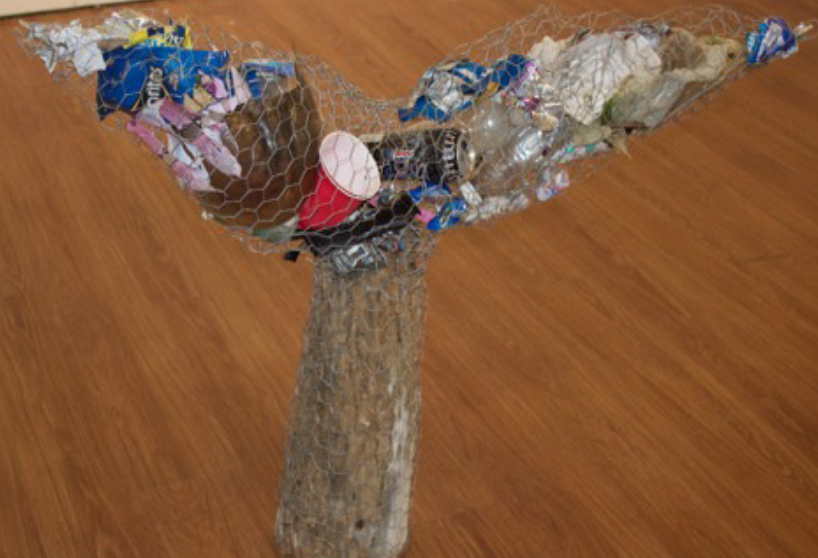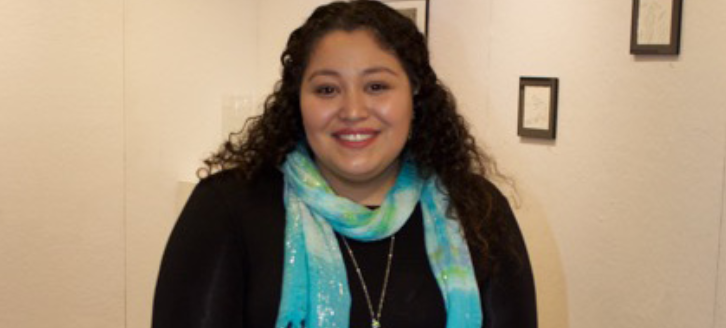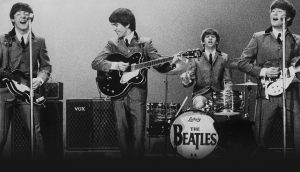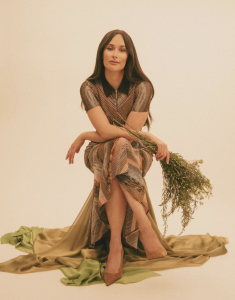By Angelique D’Alessandro
Assistant Online Editor
Karina Cuba, a senior art education major, explored themes of marine life and pollution with works that call the viewer to take action in her exhibition “Out of Sight, Out of Mind,” shown at the S.A.L gallery from Feb. 27 to March 3.

Karina Cuba, a senior art education major.
Cuba first became interested in marine life in high school when she took a course in marine biology. “I decided to do my senior project on marine life because I am so interested in it, and my professor told me to take it a step further and discuss a cause, so I decided to create a project surrounding pollution and how it affects marine animals,” Cuba said.
The mediums Cuba used to explore the topic of pollution included photography, drawings, sculpture, and ceramics, each illustrating a different effect of marine pollution. On the walls, pelicans made of wire were positioned next to discarded plastic cups, spoons, and other repurposed litter.
“The pelicans will scoop up the garbage while trying to catch fish,” Cuba said. “They then will die from starvation because they do not realize what they are eating isn’t food.” According to National Geographic, plastic trash is found in 90 percent of seabirds.

Cuba’s artwork explored themes of marine life and pollution.
A sculpture of a whale tail constructed from litter stood in the center of the gallery. “Every piece of that [whale tail] was collected from the bay,” Cuba said. “Even the horseshoe crab shell, which was stuck on wire on the shoreline, and had probably died there from not being able to get back into the water.”
A ceramic sea turtle was another focal point of the show. Having taken six months to complete, Cuba said it was the most time-consuming piece to create. “I started with newspaper and plastic, and formed clay around it,” she said. “The shell is bent by the six-pack of soda plastic wrapped around it. A baby sea turtle can get trapped in this plastic, and then their shell and even their organs grow in the shape of it.”
The most important thing about her work, Cuba said, is inspiring others to be more aware of environmental pollution and make changes in their lives to prevent it. “I hope people have a change in lifestyle. Use less plastic plates, and more biodegradable options,” she said. “You don’t have to just throw things away. You can reuse them to make something beautiful.”




Be First to Comment